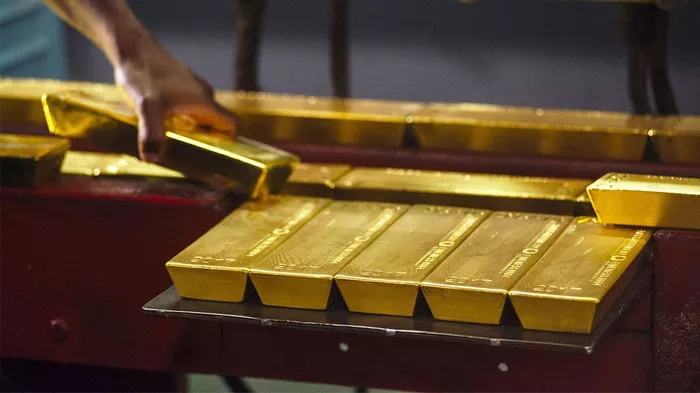Gold prices reached a historic high on Wednesday, driven by persistent demand for safe-haven assets as investors closely monitor the upcoming U.S. election and escalating conflicts in the Middle East. Bullion climbed to $2,750.34 per ounce, surpassing Tuesday’s peak by about $1. The surge in gold prices is attributed to heightened geopolitical risks, particularly concerns over a tight U.S. presidential race and the potential for escalating tensions between Israel and Iran.
The bullish sentiment surrounding gold has also positively impacted the broader precious metals market, with silver nearing $35 an ounce, a level not seen since 2012.
This flight to safety has provided support for gold, counterbalancing recent pressures from a selloff in U.S. government bonds as traders anticipate a slower pace of easing by the Federal Reserve. Typically, rising yields and stringent monetary policies tend to exert downward pressure on gold prices, given that the metal does not yield interest.
Standard Chartered Plc analyst Suki Cooper noted in a recent report that gold’s resilience in the face of shifting macroeconomic conditions indicates a steady influx of positive market flows. She expects further upward potential in the coming weeks, projecting an average gold price of $2,800 an ounce in the fourth quarter and a rise to $2,900 in the first quarter of 2025.
This year, gold has surged by approximately one-third, consistently reaching new highs, with the rally accelerating over the past couple of months as the Fed shifted towards cutting interest rates. Hedge funds have contributed to the momentum, increasing their net-long positions in gold and boosting holdings in exchange-traded funds (ETFs).
As of 12:37 p.m. in Singapore, spot gold was relatively stable at $2,750.22 per ounce. Meanwhile, the Bloomberg Dollar Spot Index saw a slight increase. In other precious metals, silver experienced a decline, palladium remained steady, and platinum saw a rise.
Related topics:


